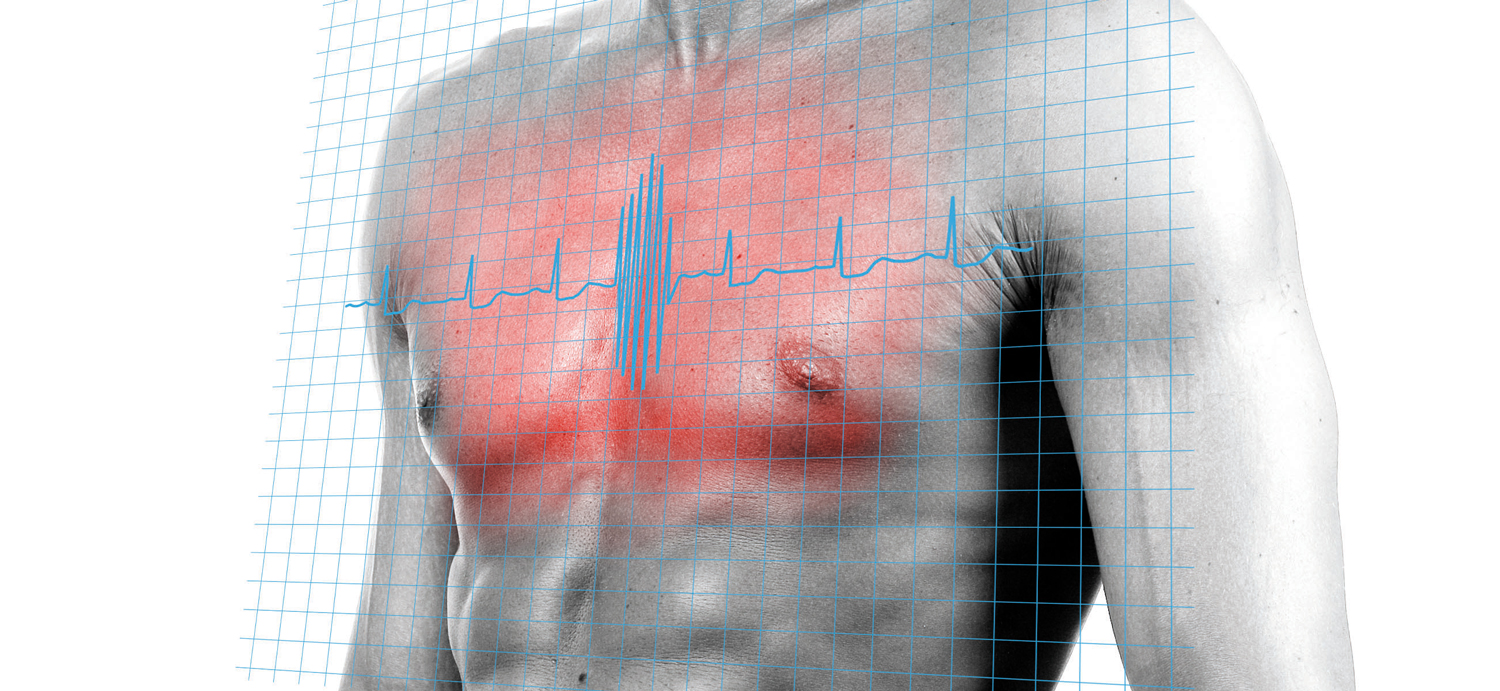 A new WA study has found that providing patients with results from blood vessel calcification imaging through bone density tests could spur them into making lifestyle changes.
A new WA study has found that providing patients with results from blood vessel calcification imaging through bone density tests could spur them into making lifestyle changes.
In a first-ever trial, researchers from Edith Cowan University provided older patients with abdominal aortic calcification (AAC) imaging results in a bid to get to them to make behavioural changes to improve diet, physical activity, and other cardiovascular disease risk factors.
AAC is a measure of advanced vascular disease, and people with calcification in their aorta have higher risk of heart attacks and strokes.
ECU post-doctoral research fellow Dr Simone Radavelli-Bagatini said that using bone density machines — without the need for invasive testing — researchers identified AAC in about 60% of men and women aged 60-80 years.
In the randomised clinical trial, participants were provided with either their AAC imaging results along with educational resources, or education alone.
The educational resources included a booklet and a video with information on cardiovascular disease and recommendations to increase fruit and vegetable consumption, improve diet and increase physical activity.
“We wanted to know if an individual’s awareness of their level of abdominal aortic calcification and the visualisation of their calcification in the abdominal aorta would empower people to increase fruit and vegetable intake and undertake other cardiovascular risk reducing strategies,” Dr Radavelli-Bagatini said.
Low cost test
Traditionally, presence of calcification in the coronary arteries around the heart is assessed using imaging technology with higher costs and high radiation levels.
In this study, calcification was assessed in the abdominal aorta using bone density testing, which has low radiation and low cost compared to traditional methods.
The researchers said that with more than 600,000 people undergoing bone density tests every year for screening of osteoporosis, assessing abdominal aortic calcification at the same time could be game changing.
“Our study is the first to examine if providing individuals with their abdominal aortic calcification imaging results improved cardiovascular risk factor control,” Dr Radavelli-Bagatini said.
“There were no differences in consumption of fruit and vegetable, diet quality or physical activity between the intervention and the control groups after 12 weeks.
“However, the provision of AAC in the intervention group did improve some cardiovascular disease risk factors, including total cholesterol, and low-density lipoprotein cholesterol (the bad cholesterol), compared to controls.”
Senior author Dr Josh Lewis said that while the results were promising, the next step was to see whether providing AAC results to people together with diet and lifestyle support would lead to longer term improvements to cardiovascular disease risk factor control, and ultimately prevent heart attacks and strokes.
The research was published in Nature Communications.

